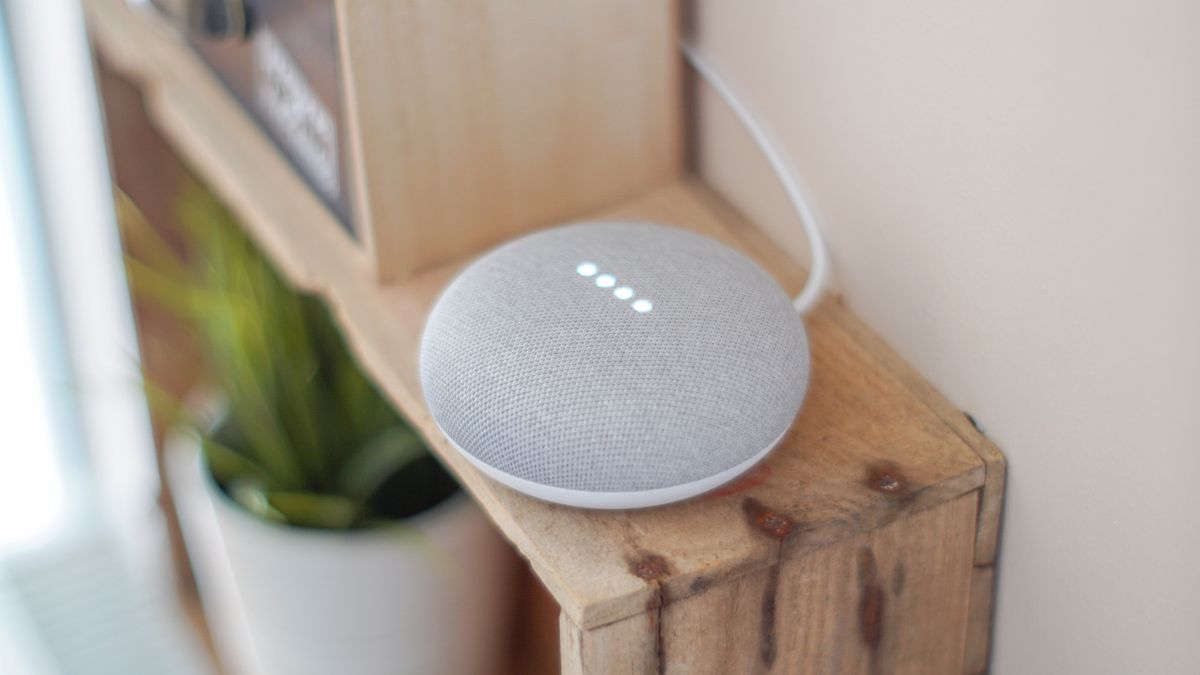Why Apple Music makes it harder and easier for musicians
In this article, we’ll tell you the impact streaming services like Apple Music have on musicians and the music industry. This is a concise summary of the history of music consumption, the challenges and the solutions. Are you reading along?
Read on after the ad.
Contents
- 1 A brief summary of the history of the music industry
- 2 Apple tries to help with iTunes
- 3 Services like Apple Music: the lifesaver
- 4 Spotify and Apple Music become curators
- 5 The other side of the coin for music and musicians
- 6 Democratization is also less than hoped
- 7 Apple Music is a good choice for the musician
A brief summary of the history of the music industry
The music industry was on the brink of death. After more than fifty years of earning tons of money from the income from vinyl (and a little later CDs and cassettes), the internet ensured that the tide turned very quickly. The major record labels such as Universal, Sony and Warner were greatly threatened from the beginning of the 21st century by software such as Napster and LimeWire. Not bad right? Those are the parties that the musicians only use for money, aren’t they?
Well, nobody wanted to pay for their music anymore. In this way, the steady source of income of the professional musician also disappeared. There was nothing for it but to perform a lot. The result: the live sector was booming, festivals were launched en masse in ten years and artists were never to be found at home. The freedom that musicians used to feel when performing, changed more and more in grueling months. The countless performances and always being on the road sometimes resulted in a working week of 168 hours.
Apple tries to help with iTunes
Apple was one of the first to offer an alternative to piracy. The iPod Classic and iPod Nano company founded iTunes in the United States in 2003. This service came to the Netherlands in 2004, so that you could legally purchase all music digitally here too and easily put it on your iPod.

But unfortunately iTunes was not the solution to save the music industry. Apparently there was a gap between the cost of a musician and how much people were willing to pay for music. This was the result of the new status music had acquired through Internet piracy. The illegal downloads ensured that music was supposed to be ‘free’.
At the height of the record industry, around the end of the nineties, an album was an average of 17 euros. At the time, this was a normal price, which was only too happy to be dropped for, for example, Nirvana’s ‘Nevermind’. A few years later, people preferred not to pay anything for this at all. The music industry needed a revival, and fast!

Services like Apple Music: the lifesaver
The streaming services Spotify and Deezer were the first good answer to this bottomless pit that the music industry found itself in. In 2008, Spotify was launched into the world with a big promise: ‘music anytime, anywhere and at the right price’. This new way of consumption of music was really only full of benefits. These were the promises of the streaming services at the time:
- New revenue stream† Income could be generated in several ways (via a subscription or via the free variant with advertising)
- Music for everyone. Music became accessible to everyone via the free version. Anyone with an internet connection could legally listen to their favorite music.
- Musicians find their fans, and vice versa. Musicians could more easily find their own audiences all over the world. The whole world can now become a fan of one artist. In other words, the music industry also globalized.
- Democratization† Music discovery became a democratic process. Before that, everything went through a network of important people and labels. This determined what should and what should not make the top 40. With the help of the taste profiles and detailed data collection, it became really democratic.
- Less high costs. Distributors of music became obsolete, anyone can just upload anything, without having to engage a record company.

Spotify and Apple Music become curators
In the years since its launch, the company grew so fast that Apple couldn’t be left behind. In 2015, the company launched Apple Music. In that year, all streaming services were also betting on a different course. They had to do something to get ahead of the competition. Streaming services today are no longer the passive libraries to find all the music. No, new music must be discovered through Apple Music and Spotify. They take on a new role as curator or tastemaker.
The result is countless algorithmic playlists such as Spotify’s Discover Weekly and Apple Music’s New Music Mix. Here, an AI (artificial intelligence) tries to automatically predict which music you are likely to like the most. He does this on the basis of a ‘taste network’ of you, your friends and information from the internet.
This goes as far as linking music to the time of day. Do you exercise at a fixed time? There is a good chance that there will be sports lists on your homepage. And that’s not all, the (human) music curators also work day and night to put the latest music in the spotlight.

Apple Music and Spotify also make it even easier for you to stream music from your favorite musicians. In the past you had to pull a record out of the closet, unpack it, put it on the record player, turn it over and pick the next one. Now the streaming service on the home page often already knows exactly what you want to hear. In fact; you don’t even have to open the app. “Hey Siri, play music” and you have your favorite musician via Apple Music on your AirPods Pro.
The other side of the coin for music and musicians
You might have expected it: the music world is not as rosy as the above would have you believe. Apple Music may be perfect for you as a consumer, but musicians have mixed feelings. The unlimited uploads and the easier digital breakthrough promise a lot and are certainly not to be underestimated. But with effortless music playback, the cultural value (simply put: the attention and respect we have for something) of this art form.
People are listening more and more to playlists that happen to be filled with songs. It’s like buying a microwave meal and not checking the ingredients. You are absolutely right, but not very nice for the musician. (Pop) music is moving more and more into the background of our existence. It increasingly takes the form of muzak (as a kind of background noise) instead of music. Check with yourself: do you know many artists by name or do you know the different playlists? Do you ever listen to music without doing anything else?
Democratization is also less than hoped
Has it all become more democratic then? Every musician has an equal chance to break through, right? Not really, because as a music maker you only end up in the highly recommended playlists with many listeners. And if you have the right connections. When you have finally entered such a list, the majority of your streams are of a passive nature. So how do you get fans in this modern music world? And is it useful that we put the discovery of new music entirely in the hands of the streaming services?

In addition, this focus on data and playlists has also greatly influenced the music. After 30 seconds, a listening session of a song only counts as ‘play’. Musicians know this and make their music with as many attention-grabbing sounds as possible and often place the chorus at the beginning to get you angling over this half-minute. After all, only then do they get paid.
Smeared calm music hardly participates in the battle for a number 1 listing in the charts in this way. This is called the Spotify effect and it also affects your music taste.
Apple Music is a good choice for the musician
And that’s not even talking about the money flows that musicians get. If you are played once at Spotify, you will see 0.0033 euros. Or not. As an artist you also have to pay for the service that puts your music on the platform (de aggregator† Deezer is very bad, because there you get 0.0011 euros. That means that for 1 million streams you only get a thousand euros.
Remember that musicians also have a lot of costs: studio time, rehearsal rooms, expensive instruments, low pay for live shows and much more. Fortunately, Apple Music is on the right side of the coin and pays musicians on average 0.01 cents per play. For comparison; So for 1 million streams you get 10,000 euros. That is ten times as much as with Deezer.

The moral of the story: streaming services like Apple Music have pulled the musicians out of the doldrums. Unfortunately they have not solved everything and it is still a lot of work for musicians. It is important to know that music does not just end up in your ear, but that there is blood, sweat and tears behind a song.
Hence, make sure to become a conscious music fan in the passive streaming era. Musicians will appreciate you (even more). Do you want to do more than just actively listen to music? Then take out a subscription to Apple Music for the relatively fair payment to the musicians.


